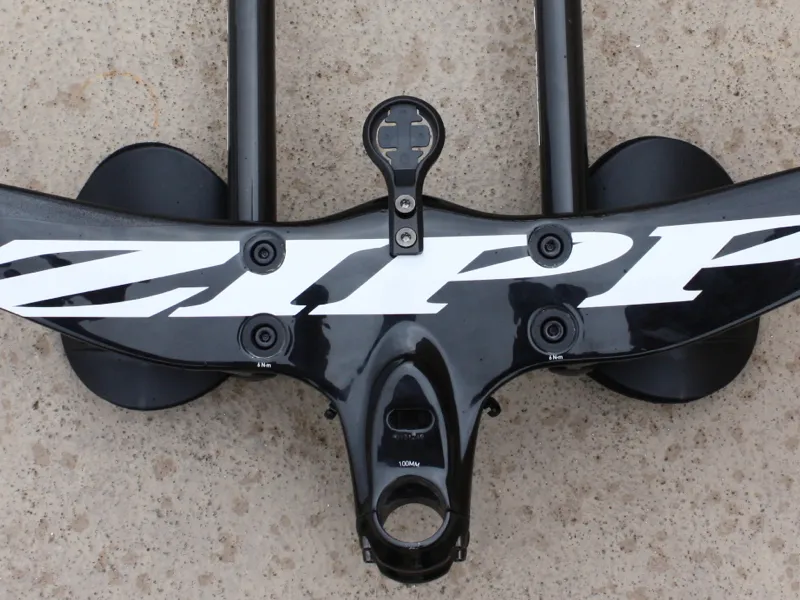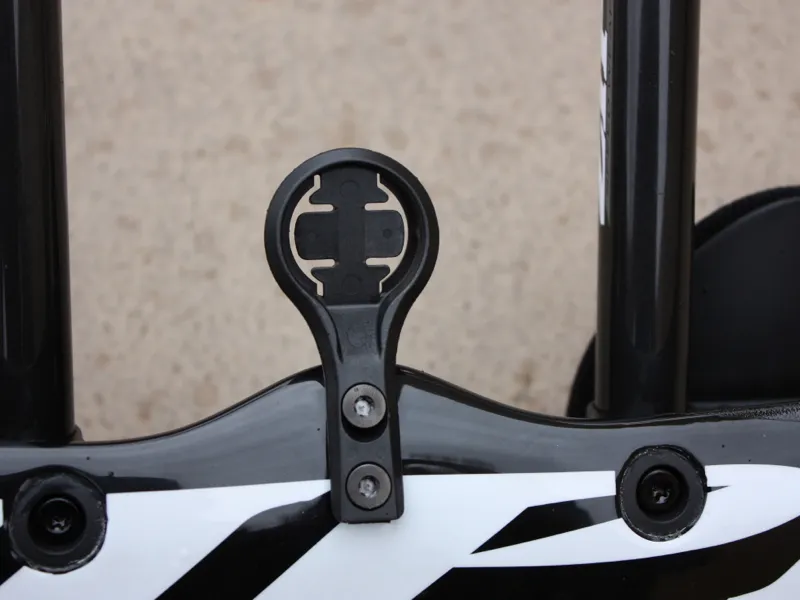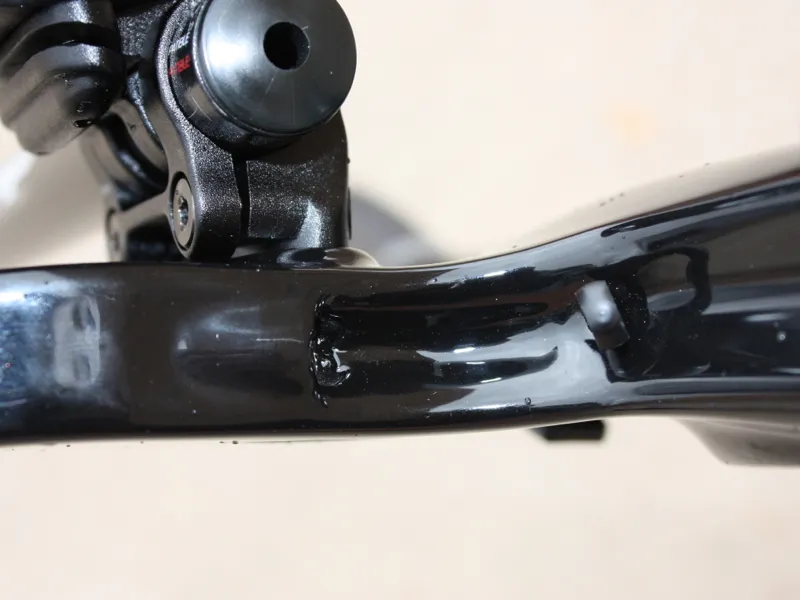The Zipp Vuka Stealth is a brand new fully integrated and highly adjustable aerobar from the aero specialists.
Soon after carbon fiber handlebars hit the market, a few integrated bar-and-stem modules began popping up with some striking designs — and prices to match. While the road and aerobar integrated options often came in a few configurations of width and stem length, none of them caught on for a singular reason: you could not adjust them. Unless you just happened to love the particular dimensions and angles that were set in carbon, you had to fit yourself to the bar, not the other way around.
Enter the Vuka Stealth, the culmination of Zipp's five-year project to build an aerobar that does everything.
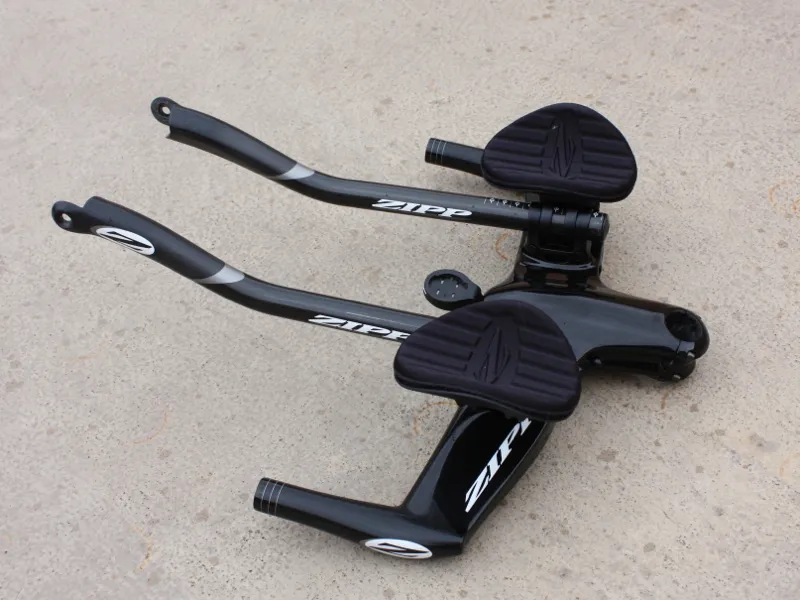
The Vuka Stealth will be available in March in three stem lengths. Four extension options are available but not included
Is the Vuka Stealth perfect? Perhaps not. The price alone is sobering at $1,070/€958/£799, not including extensions. But the integrated bar does seem to hit a sweet spot of a streamlined design for aero, aesthetic and stiffness benefits while still offering substantial flexibility in fit.
The carbon fiber bar comes in small, medium and large.
At a glance, the adjustment options include:
- Armrest and extension height relative to bar: 0-50mm (via riser kits)
- Extension fore/aft: 90mm
- Extension rotation angle: 360 degrees
- Extension clamp width: 104mm or 144mm
- Armrest/extension pitch angle: -6 to 6 degrees
- Armrest fore/aft: 80mm
- Armrest width: 140-276mm (c-to-c)
- Cable routing: 2 brake cable exit options
The small Vuka Stealth weighs 695g without extensions (and 820g with carbon Zipp extensions).
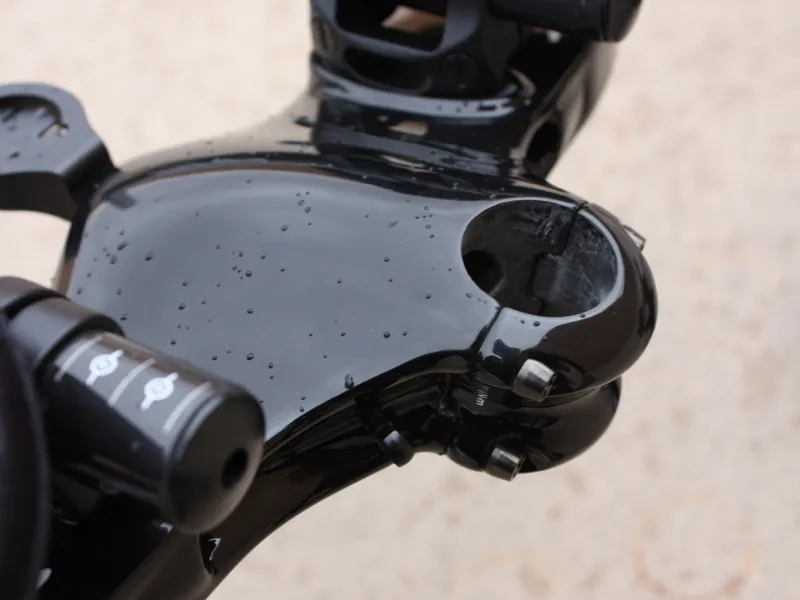
The small Vuka Stealth is visually compact
The Zipp Vuka Stealth will come in small, medium and large sizes. Zipp intentionally doesn't specify the stem measurement as the relative steerer-to-pad distance is different than many other bars, including Zipp's own Vuka Alumina. (BikeRadar measured the stem lengths to be 70, 85 and 100mm.)
Instead, Zipp is pushing for fit and corresponding product selection to be done via stack and reach measurements. (Stack means the vertical distance from the center of the bottom bracket. Reach means the horizontal distance. Stack and reach are X and Y measurements that can be taken for anything on a bike in the two dimensions you see when looking at a bike sideways.) Many bike companies now list the stack and reach measurements for their frames, and the fit position of aerobar armrests or extensions can certainly be measured this way, too.
“We want people to be disciplined about their fit,” said Ben Waite, Zipp's design engineer.
To assist with just that, Zipp is in the final stages of a Vuka Fit app that spits out detailed set-up instructions after you enter your desired stack and reach plus width measurements. Of course, Zipp is counting on bike shops and bike fitters to provide much of the service.
"Fit is the new aero," said Zipp technical PR manager David Ripley. "If your shop does not have a fit station, it will soon, or it will not be legitimate."
Slogans aside, a rider's body position has always been the primary factor in aerodynamic drag. So regardless of how svelte a bar or bike looks, it is how said bar or bike allows you to position your body that matters most for aerodynamics, not to mention comfort and efficiency.
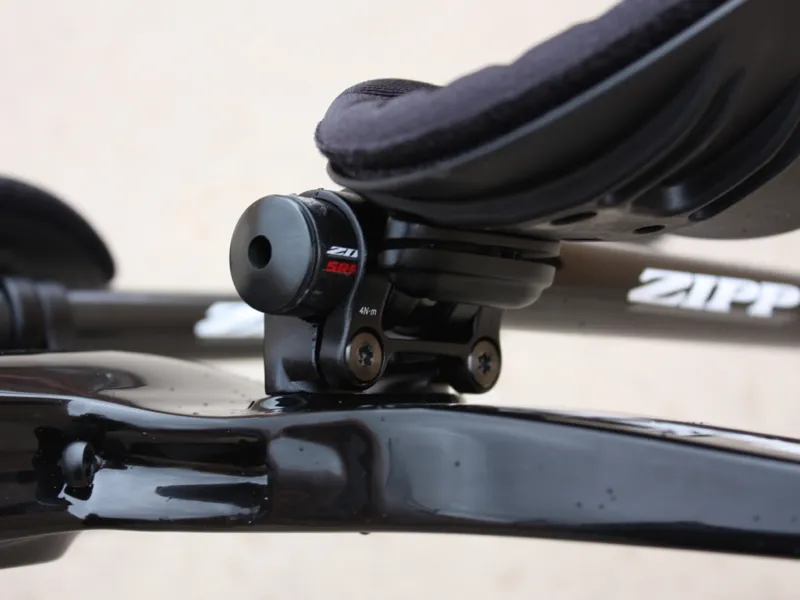
Armrest and extension height relative to the base bar are adjustable via risers, which are bolted on with this low-profile set-up. Armrest width can be set on one of four facets, for center-to-center measurements of 140mm to 276mm
Five years ago, Zipp was starting to get traction among riders with the Vuka base bar and clip system. "We recognized then that there wasn’t really a good option for an integrated aero bar," Ripley said. "Integrated aerobars basically didn’t work – you had to fit yourself to the aerobar. We started work, then, on an integrated bar that was adjustable."
Now, Zipp expects the medium Vuka Stealth to fit 80 percent of riders. While the base bar for all three sizes is fixed at a 42cm width and a flat angle, the armrests and extensions have a huge amount of adjustability in all three planes. That said, the Vuka Stealth isn't quite as adjustable as the modular and much more affordable Vuka Alumina system due to the latter's separate stem options.
Zipp claims the Vuka Stealth to have a total of 1,920 fit configuration options, 940 per bar, in 1mm increments, compared to 2,912 possible configurations for the Vuka Alumina including all available stem options. Those numbers don't include pitch angle.
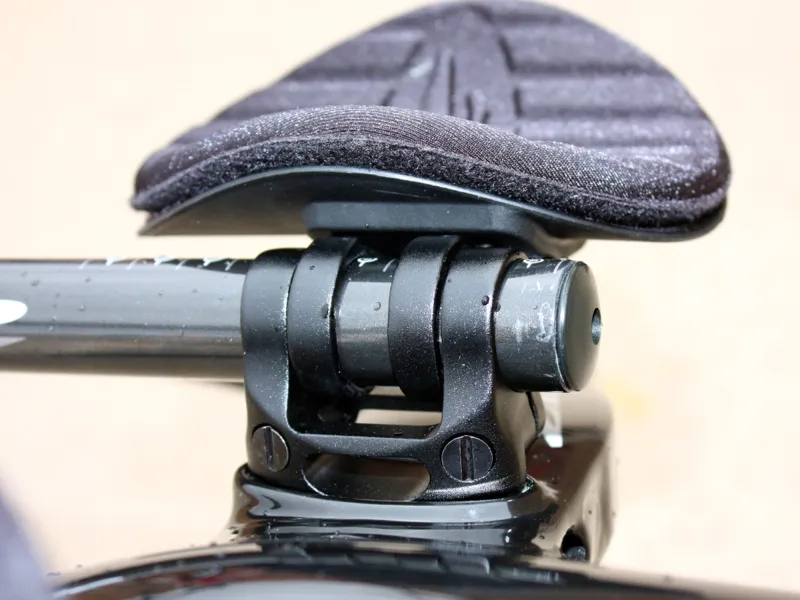
Armrest and extension adjustment are handled separately
Regarding aerodynamics of the bar itself, Zipp claims the Stealth to have the same drag coefficient as the Vuka Aero using a 145mm stem. Unlike that set-up, though, the Stealth is UCI-legal with a 3:1 width-to-length ratio.
With titanium and aluminum hardware, the carbon Stealth weigh 695g without extensions. The bar should be available in March. Last year, BikeRadar tested the Zipp Vuka Alumina system, and it won our Best Aero Bars of 2012. While heavier, modular and requiring a separate stem, the Alumina is substantially cheaper at £190/$225 for base bar, armrests and extensions — plus it still packs a healthy amount of adjustability and comfort.
In related news, Zipp also introduced another niche, high-end aero product: a 650c version of the 404 Firecrest Carbon Clincher.
Look below for more images of the Vuka Stealth.
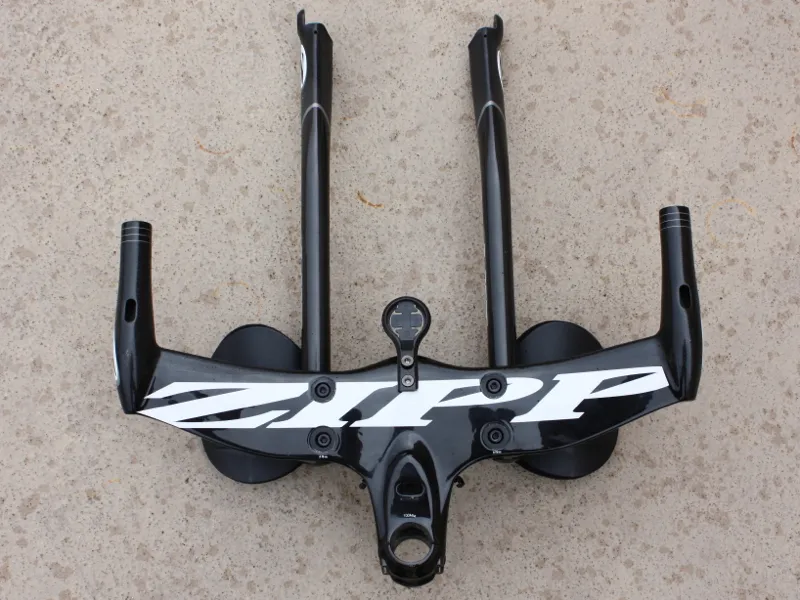
A clean design looks good in the wind tunnel, too, Zipp says
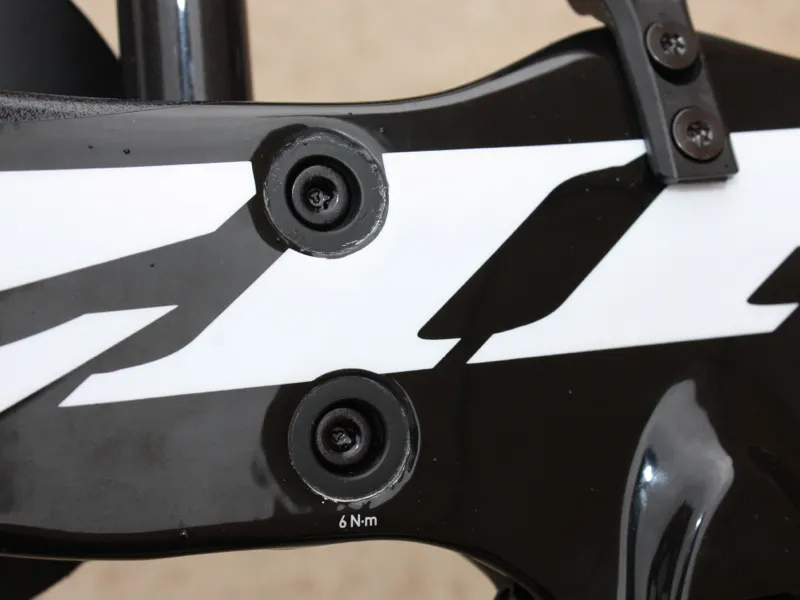
Armrest and extension angle can be adjusted between -6 and 6 degrees via these two low-profile bolts and an internal cradle
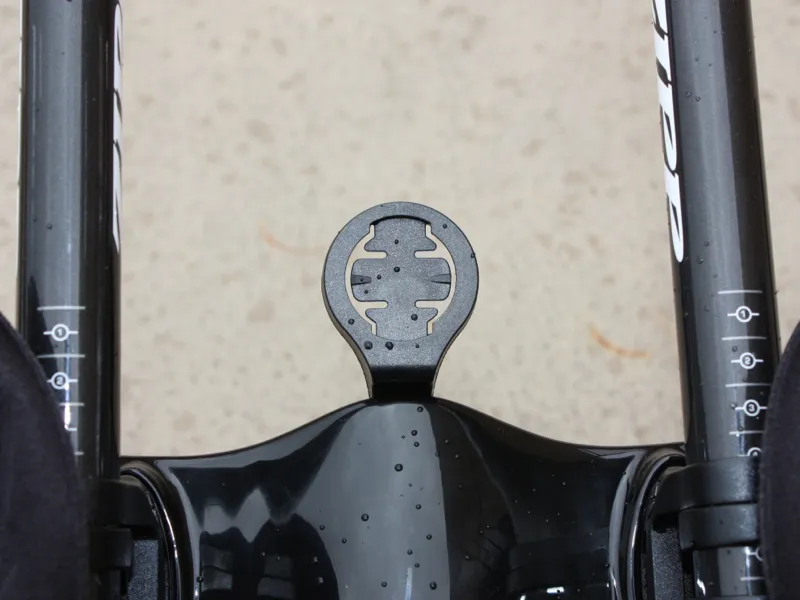
Integrated Garmin Edge mount? Check
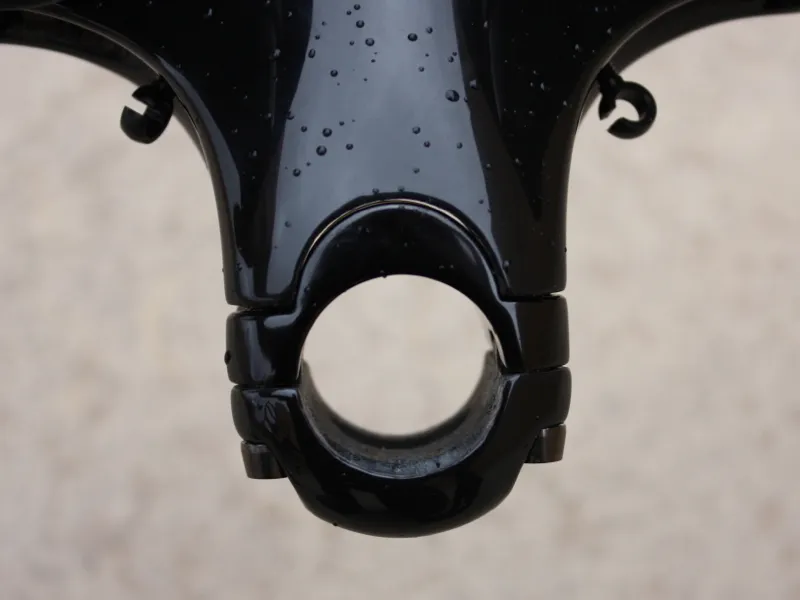
A 1cm shim can be added to extend the bar's reach
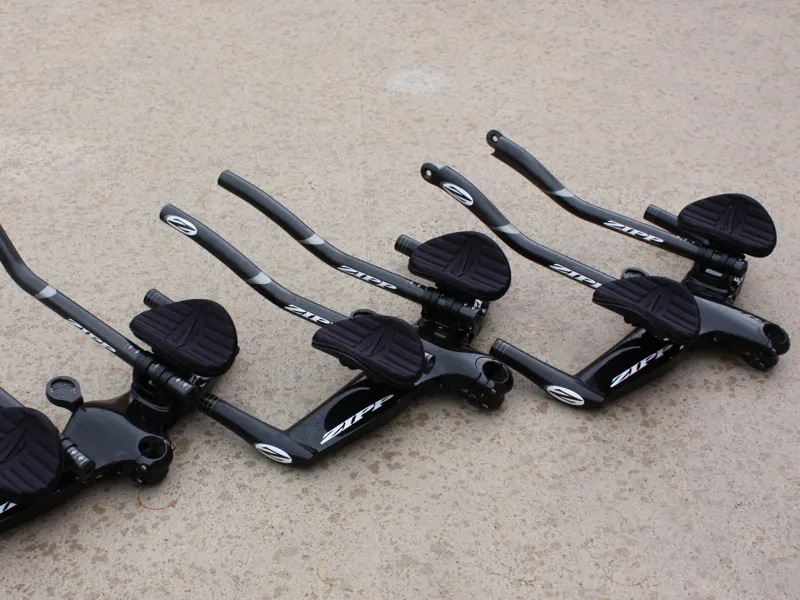
The Zipp Vuka Stealth will come in three extensions: small, medium and large. Zipp doesn't specify the stem measurement as the relative steerer-to-pad distance is different than many other bars, including Zipp's own Vuka Alumina
